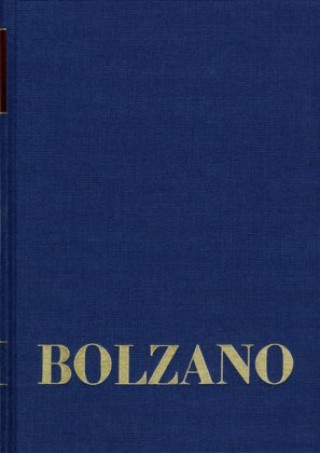
Kód: 18640843
Bernard Bolzano Gesamtausgabe / Reihe II: Nachlaß. B. Wissenschaftliche Tagebücher. Band 12,2: Miscellanea Mathematica 22
Autor Bernard Bolzano, Bob van Rootselaar, Jan Berg
The notes of part 22 of the 'Miscellanea Mathematica' were written between July of 1830 and August of 1832. Bolzano's natural philosophy of his later years was based on the assumption that the entire universe had a nuclear particl ... celý popis
- Jazyk:
 Němčina
Němčina - Vazba: Pevná
- Počet stran: 200
Nakladatelství: frommann-holzboog Verlag e.K., 2022
- Více informací o knize

Mohlo by se vám také líbit
-

I Can Make Dolls' Clothes
303 Kč
Dárkový poukaz: Radost zaručena
- Darujte poukaz v libovolné hodnotě a my se postaráme o zbytek.
- Poukaz se vztahuje na celou naši nabídku.
- Elektronický poukaz vytisknete z e-mailu a můžete ihned darovat.
- Platnost poukazu je 12 měsíců od data vystavení.
Informovat o naskladnění knihy
Zadejte do formuláře e-mailovou adresu a jakmile knihu naskladníme, zašleme vám o tom zprávu. Pohlídáme vše za vás.
Více informací o knize Bernard Bolzano Gesamtausgabe / Reihe II: Nachlaß. B. Wissenschaftliche Tagebücher. Band 12,2: Miscellanea Mathematica 22
Nákupem získáte 726 bodů
 Anotace knihy
Anotace knihy
The notes of part 22 of the 'Miscellanea Mathematica' were written between July of 1830 and August of 1832. Bolzano's natural philosophy of his later years was based on the assumption that the entire universe had a nuclear particle structure. Unlike the classic atomist, he believed that there was an atom at every point in space. Thus there is no vacuum. This means that no substance is isolated. This made him question the opposite view which he had expressed previously in the 'Athanasia'. His refutation in the second edition of the 'Athanasia' is given in detail in the 'Miscellanea Mathematica'. At the beginning of the 'Miscellanea Mathematica 22', he dealt with the definition of the concepts of space and time. According to Bolzano, the traditional definitions of the concepts of line, surface and solid were in need of improvement, and this induced him to give a detailed explanation. During the years of his reclusiveness after his dismissal in 1819 from his position as head of the department for religious studies at the University of Prague, Bolzano had been studying the logical foundations of mathematics and the foundations of logic. These studies were reflected in his theory of science. When he returned to pure mathematics after about a decade, he began work on a new encyclopedic work, the 'Größenlehre', (Theory of Quantities). The notes in this volume contain a precisely structured plan of this work from the year 1831. In explaining the first arithmetical terms, Bolzano tries to avoid abstract terms. Some abstract terms are imaginary. Referring to contemporary scientific journals, he gives a report on imaginary and irrational quantities in the theory of numbers. On the basis of Legendre's discussion of Galois' problem of the solvability of algebraic equations, Bolzano suggests a simple method. He gives a detailed account of Gergonne's geometric treatment of Newton's method of finding the roots of a numerical equation by approximation and provides a counterexample for Fourier's assertion that a characteristic of the existence of the real roots of an equation also applies to transcendental roots. Furthermore he tries to find a simpler formulation of Cauchy's proof that each polynomial has a complex root. Bolzano studies the proof provided by several famous analytic theorems. He mentions Cauchy's simple and strict proof of Taylor's theorem and Crelle's attempt to expand this within the context of general theory of analytic functions. He studies Cauchy's theory of the infinite, examines several theorems and works his way around to the theory of tangency and discusses infinite series. There are no infinite large and small numbers, these terms are meaningless. The pivotal concepts of continuity and continuous functions are dealt with in several places. What is particularly remarkable is the discussion of the determinability of the functions. There was deemed to be a discrepancy between Bolzano's theory of functions and his paradoxes of the infinite. One way to eliminate this discrepancy would be to find an exact definition of the concept of determinability. A continuous function f is exactly determinable when the difference (x+ x) -f(x) retains the same sign within certain values of x irregardless of how close they may be. Thus a determinable function is a continuous, piecewise monotonic function.
 Parametry knihy
Parametry knihy
Zařazení knihy Knihy v němčině Naturwissenschaften, Medizin, Informatik, Technik Mathematik Arithmetik, Algebra
7264 Kč
- Plný název: Bernard Bolzano Gesamtausgabe / Reihe II: Nachlaß. B. Wissenschaftliche Tagebücher. Band 12,2: Miscellanea Mathematica 22
- Autor: Bernard Bolzano, Bob van Rootselaar, Jan Berg
- Jazyk:
 Němčina
Němčina - Vazba: Pevná
- Počet stran: 200
- EAN: 9783772825729
- ISBN: 3772825729
- ID: 18640843
- Nakladatelství: frommann-holzboog Verlag e.K.
- Rozměry: 254 × 181 mm
- Datum vydání: 30. November 2022
Oblíbené z jiného soudku
-
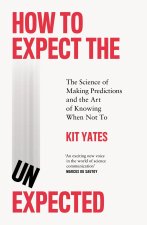
How to Expect the Unexpected
462 Kč -
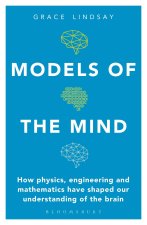
Models of the Mind
347 Kč -

Flatland
260 Kč -
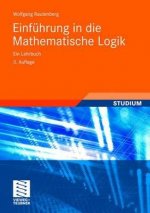
Einführung in die Mathematische Logik
1235 Kč -

The Annotated Gödel
297 Kč -

Logically Speaking. A Festschrift for Marie Du?í
636 Kč -

Finite Introduction To Infinity
478 Kč -
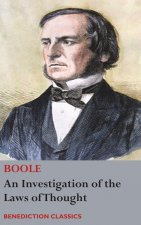
An Investigation of the Laws of Thought, on Which are Founded the Mathematical Theories of Logic and Probabilities
704 Kč -
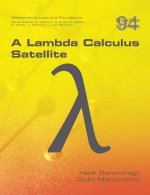
A Lambda Calculus Satellite
968 Kč -

Grundzüge der Mengenlehre, 1
5391 Kč -

Bruchrechnung
202 Kč -
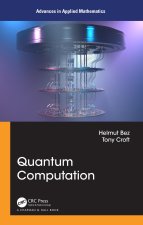
Quantum Computation
3060 Kč -
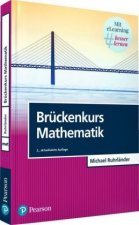
Brückenkurs Mathematik
800 Kč -
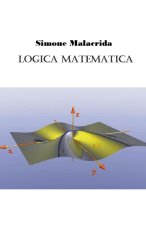
Logica matematica
206 Kč -
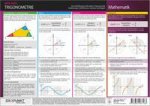
Trigonometrie
202 Kč -
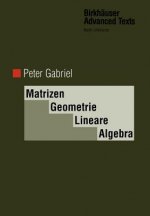
Matrizen, Geometrie, Lineare Algebra
2126 Kč -
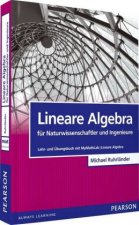
Lineare Algebra für Naturwissenschaftler und Ingenieure
942 Kč -
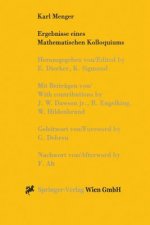
Karl Menger
1636 Kč -

Complete Solution Guide to Real and Complex Analysis I
951 Kč -

Mathematik UEbungsheft I
316 Kč -
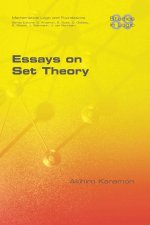
Essays on Set Theory
789 Kč -
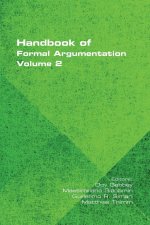
Handbook of Formal Argumentation, Volume 2
1024 Kč -
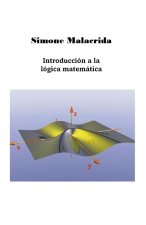
Introducción a la lógica matemática
206 Kč -
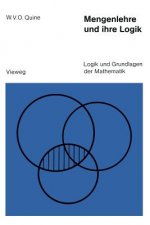
Mengenlehre und ihre Logik
1384 Kč -
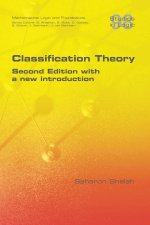
Classification Theory. Second Edition with a new introduction
968 Kč -

The Logica Yearbook 2021
539 Kč -
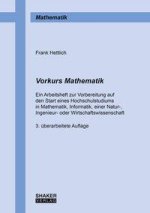
Vorkurs Mathematik
256 Kč -

The Annotated Gödel
576 Kč -

Fuzzy Systems
11913 Kč -
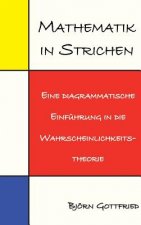
Mathematik in Strichen
829 Kč -

Zinsrechnen
380 Kč -

Coins Month
820 Kč -
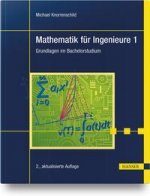
Mathematik für Ingenieure 1
750 Kč -

Invitation to Abstract Mathematics
1681 Kč -

RECHNEN IN BEWEGUNG
955 Kč -

klingende Rechenaufbau
1042 Kč -
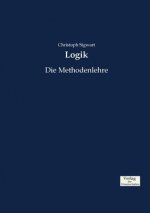
Logik
1677 Kč -

Algorithmische Zahlentheorie
1333 Kč -
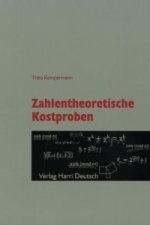
Zahlentheoretische Kostproben
729 Kč -
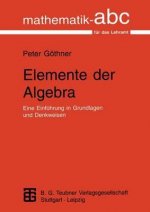
Elemente der Algebra
683 Kč -

Mathematik Beweis Tutorial
357 Kč -

Mathematik Beweis Tutorial
872 Kč -
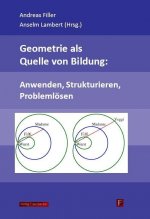
Geometrie als Quelle von Bildung: Anwenden, Strukturieren, Problemlösen
708 Kč -
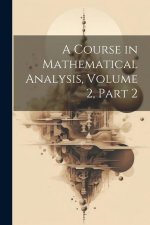
A Course in Mathematical Analysis, Volume 2, part 2
870 Kč -

A Text Book of Eastern Himalayan studies (EHS)
1998 Kč -

Ein Lehrbuch der Osthimalaya-Studien (EHS)
1998 Kč -

Que Es Mas Grande Que Yo? Un Libro Aerca de Las Medidas (What Is Big Compared to Me?: A Book about Measurements)
756 Kč -

Advances in Fuzzy Logic Systems
3365 Kč -
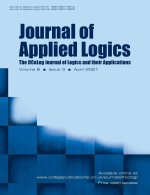
Journal of Applied Logics - The IfCoLog Journal of Logics and their Applications
732 Kč
Osobní odběr Praha, Brno a 12903 dalších
Copyright ©2008-24 nejlevnejsi-knihy.cz Všechna práva vyhrazenaSoukromíCookies



 Vrácení do měsíce
Vrácení do měsíce 571 999 099 (8-15.30h)
571 999 099 (8-15.30h)